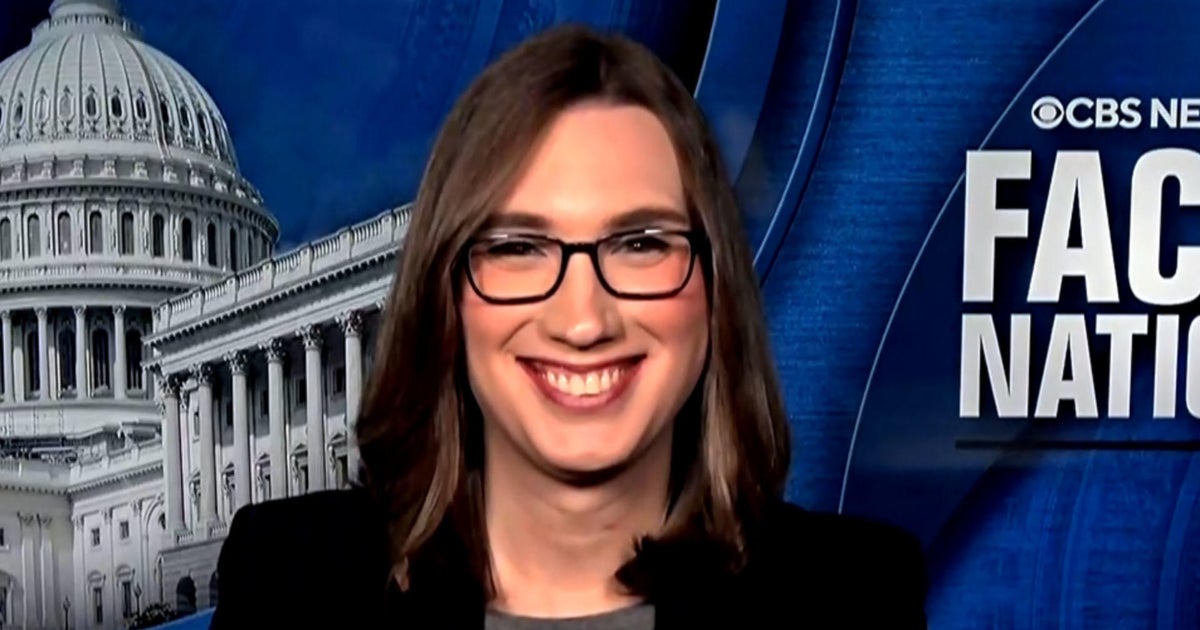CBS News
The hidden figure behind the iconic rainbow flag that symbolizes the gay rights movement

Lynn Segerblom starts her mornings with a splash of color, treating each day as a blank canvas. It’s fitting for a woman who once went by the nickname “Rainbow.” Segerblom recalls that in 1976, her driver’s license bore the name Faerie Argyle Rainbow.
Her love for color is clear. She finds that different colors have various moods, and wearing bright colors like hot pink or yellow significantly lifts her spirits compared to darker shades like black, gray or brown.
In the summer of 1978, Segerblom designed a piece of rainbow artwork that brought a storm of change to California. She was 22 at the time, working at the gay community center in San Francisco. During San Francisco’s Gay Freedom Day Parade, Segerblom and her friends brainstormed ideas for the flagpoles at the Civic Center, leading to the creation of the striped rainbow flag that became the symbol of the gay rights movement.
“It’s all the colors. It’s the full spectrum, you know? And all the colors in between that we may not quite notice with our eyes—but they’re there,” Segerblom explains about her color choices.
But Segerblom says her work was not noticed in history books.
The acknowledgment for creation of the rainbow flag has historically gone to Gilbert Baker—a late friend and activist. But Segerblom said it was a collaborative effort that also included James McNamara — who Segerblom said taught Baker how to sew before dying of AIDS in the 90s — but also received no recognition.
“At the time, I didn’t know I wasn’t getting the credit, you know? And this was a labor of love for all of us. Nobody got paid. It’s like, you’re there because you want to be. And since I was already there making my living with my dyes and my sewing machine, why not? It sounded exciting,” said Segerblom.
The rainbow flag has evolved over the years, adding colors and stripes to promote the diversity and inclusivity of the LGBTQ+ community. Terra Russell-Slavin, chief impact officer at the Los Angeles LGBT Center, and her team honor the history of the gay rights movement and the flag’s importance.
“It gave people a symbol or imagery to identify. I think that is important when you’re trying to create visibility, when you’re trying to create acceptance. I think it became this rallying cry,” said Russell-Slavin.
A rallying cry Russell-Slavin believes is still needed today. GLAAD reported at least 145 incidents of anti-LGBTQ hate during Pride Month last year. At the recent West Hollywood Pride Parade, the rainbow flags waved strong with participants expressing that it signified queer identity, love, a welcoming community and a safe space for openness and the ongoing struggle for freedom.
For Segerblom, seeing the flag decades later brings joy.
“I love when I’m out and about and I see rainbow flags… It’s good to me. I try to take it for its best attributes. It’s a rainbow. It’s light. It’s beauty. I try to take it for the good it has done or is doing,” she said.
CBS News
Sen. Van Hollen says Biden is “not fully complying with American law” on Israeli arms shipments

Watch CBS News
Be the first to know
Get browser notifications for breaking news, live events, and exclusive reporting.
CBS News
Rep.-elect Sarah McBride says “I didn’t run” for Congrees “to talk about what bathroom I use”

Watch CBS News
Be the first to know
Get browser notifications for breaking news, live events, and exclusive reporting.
CBS News
11/24: Face the Nation – CBS News

Watch CBS News
Be the first to know
Get browser notifications for breaking news, live events, and exclusive reporting.


